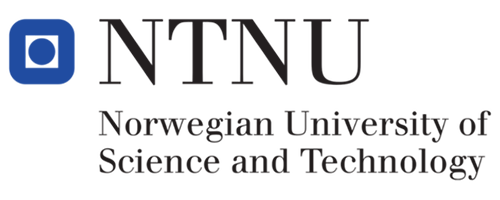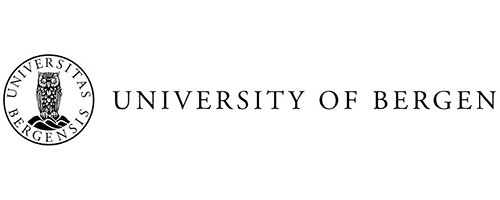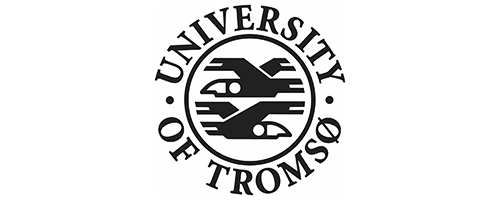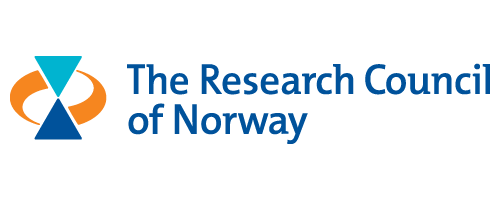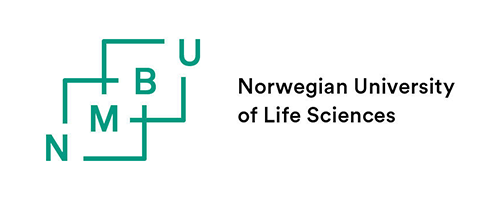Keynote speakers
We are happy to announce that the following invited keynote speakers have confirmed their participation at the meeting:
Short biographies for these are provided below.
In addition, 15 other eminent scientists have also accepted
invitations to speak at the conference: Alexis Stamatakis, Jens
Stoye, Peter Sterk, Nicola Segata, Stein Aerts, Morten Rye, Geir
Kjetil Sandve, Tom Whitington, Albin Sandelin, Guillaume Filion,
Felicity Jones, Jason R. Miller, Bronwen Aken, Kristian Vlahoviček
and Görel Sundström.
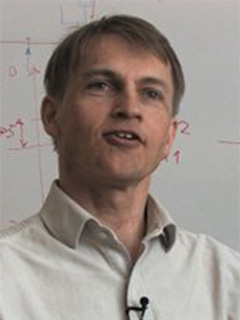 Fredrik Ronquist Fredrik Ronquist
Department of Bioinformatics and Genetics, Swedish Museum of Natural History, Stockholm, Sweden
Fredrik Ronquist is professor of entomology at the Swedish Museum of Natural History and Head of the Department of Biodiversity Informatics. He was professor of systematic zoology at the School of Computational Science at Florida State University, USA from 2003 to 2007. His research includes development of methods for reconstructing events in the co-evolution between hosts and their parasites. He has also studied the early development of gall wasps and their parasitic relatives. Ronquist has authored several software packages, including DIVA for biogeographic analysis and TreeFitter for parsimony-based tree fitting in historical biogeography, coevolution and species tree — gene tree analysis. He is also a co-author of MrBayes, a popular program for Bayesian phylogenetic inference using Markov chain Monte Carlo methods. |
| |
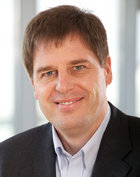 Frank Oliver Glöckner Frank Oliver Glöckner
Max Planck Institute for Marine Microbiology, Bremen, Germany
Frank Oliver Glöckner is Head of Microbial Genomics and Bioinformatics Research Group at the Max Planck Institute for Marine Microbiology in Bremen, Germany and Professor of Bioinformatics at Jacobs University Bremen. He received his Ph.D. in molecular microbiology from the Technical University Munich, Germany in 1998. In 2001 he became a group leader at the MPI-Bremen and in 2004 he got his appointment as a Professor at Jacobs University Bremen. In 2005 he founded of the company Ribocon GmbH Bremen. His group develops enabling technologies to transform the wealth of sequence- and metadata from the environment into biological knowledge. Techniques are whole genome and metagenome analysis, sequence classification, phylogenetic inference as well as software and database development for integrated data analysis. An integrated view on the complex interplay of organisms, genes and the environment surrounding them is the first step towards the statistical analysis and modelling of complex metabolic processes and networks (ecosystems biology). It will help to reveal the key genes involved in central processes in the ecosystem and provide hints to discovering their potential functions. The results will not only generate a better understanding of the marine environment and its impact on human welfare in times of global climate change, but also deliver new targets for medical and biotechnological applications. |
| |
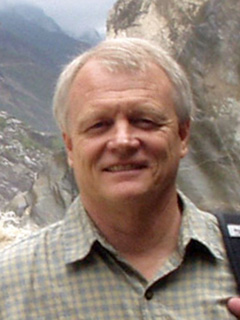 Gary Stormo Gary Stormo
Department of Genetics and Center for Genome Sciences and Systems Biology, Washington University in St Louis, MO, USA
Gary Stormo is an American geneticist and currently Joseph Erlanger Professor in the Department of Genetics and the Center for Genome Sciences and Systems Biology at Washington University School of Medicine in St Louis. He is considered as one of the pioneers of bioinformatics and genomics. His research combines experimental and computational approaches in order to identify and predict regulatory sequences in DNA and RNA, and their contributions to the regulatory networks that control gene expression. His experimental work focuses on protein–DNA interactions and their role in gene regulation. His computational work involves analysis of these interactions and developing pattern recognition algorithms to discover regulatory sites in DNA and RNA. In 1982, Stormo and his colleagues introduced the Position Weight Matrix (PWM), a now commonly used representation of motifs (patterns) in biological sequences. He has published over 150 scientific papers. Stormo served on the Board of Directors of the International Society for Computational Biology (ISCB) from 2000 to 2004 and was honoured as an ISCB Fellow in 2010. Stormo was Executive Editor of the journal Bioinformatics from 1994 to 1999. He has also served as Deputy Editor-in-Chief of the journal PLOS Computational Biology. He is currently co-editor of the journal Current Protocols in Bioinformatics. Stormo's group does both computational and experimental biology. Most of the experimental work is focused on understanding the regulation of gene expression, and especially the basis of specificity in protein-nucleic acid interactions. The group analyze how the affinity of proteins for DNA changes depending on the sequence of the DNA, and conversely for changes in the key residues of the protein. They have developed methods that allow us to obtain accurate, quantitative data in large amounts, which can be used to develop models for the interactions. Much of the computational work is also involved with modeling protein-nucleic acid interactions, and relies on a close collaboration with the experimental work. Recently, they have focused on developing algorithms that can combine different types of data, including phylogenetic conservation and expression measurements, to help discover regulatory patterns. The group use comparative data from multiple, related species and pattern recognition algorithms to help uncover genetic regulatory networks. |
| |
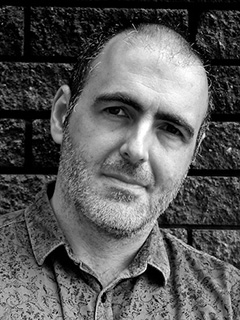 Steve Pettifer
Steve Pettifer
Department of Computer Science, University of Manchester, UK
Dr. Steve Pettifer is a Reader and the Director of Teaching Strategy in the School of Computer Science at the University of Manchester, and a member of the Advanced Interfaces Group. His research interests are in the area of Human Computer Interaction, Visualisation, 3D Graphics and Distributed Systems. Pettifer's research interests are centred around the design of advanced interfaces for computer systems. In particular he is interested in scientific visualisation, scholarly publishing, and what is broadly termed 'virtual reality'. Much of his work has been based around the development of novel system architectures to make graphical interfaces and applications work. Pettifer is also interested in collaborative interfaces, which allow multiple users to work intuitively with applications and with one another. His main focus for that past few years has been the design of computer architectures for scientific visualisation. At the one extreme, he has been looking at usability and performance, investigating GPU-based techniques for accelerated rendering and gathering use cases from different scientific disciplines, and at the other have developed ontology and knowledge-based techniques for managing the underlying data. Pettifer's main research project revolves around Utopia Documents, a novel tool for interacting with the scientific literature. |
Sources: Wikipedia, speakers' home pages |






